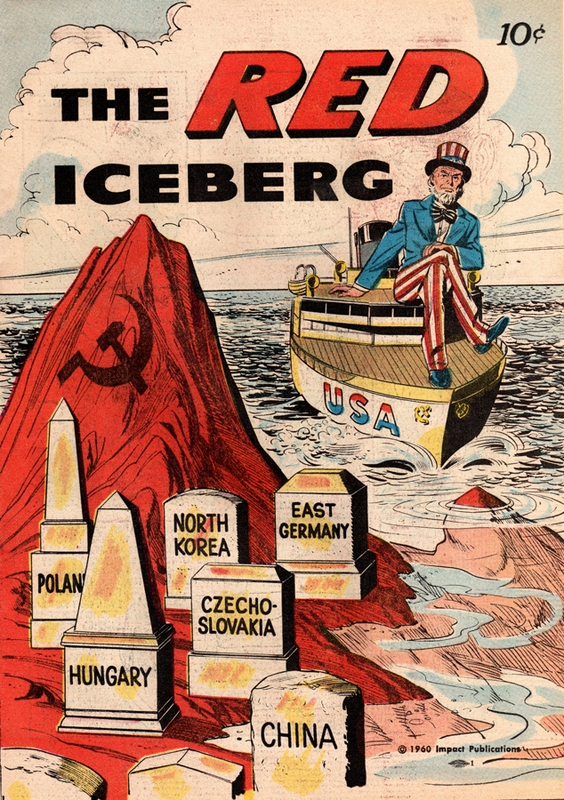August 14, 2015 marks the 70th anniversary of the end of World War II with “Victory over Japan,” or V-J Day. In 1945, Americans rejoiced along with Allies in Europe and Asia. Soldiers and civilians sang, danced, embraced, and cried in New York’s Times Square, along Pittsburgh’s Fifth Avenue, and in the streets of London and Paris. In Chungking, China, according to Life Magazine, Chinese citizens mobbed American soldiers, shouting “Mei-kuo ting hao,” or “Americans are swell!”
But artifacts featured in the We Can Do It! WWII exhibition remind us that the war’s end did not mean an immediate trip home for every soldier. Some Allies eventually found themselves on opposite sides of the Cold War.

A radio flight helmet, “Bombing Banshees” insignia patch, and business cards from Tsingtao, China document the military service of U.S. Marine Corps Sgt. Harry “Bus” Means from New Wilmington, Pa. Means served as chief aircraft mechanic with the 1st Marine Air Wing Squadron VMSB-244, the “Bombing Banshees,” which flew combat duty off carriers in the Pacific, including during the Bougainville and Philippines campaigns. Means supervised the mechanics who kept the planes flying. His flight deck jump suit is also on display in the We Can Do It! WWII exhibit.

What was Means doing in China? After the final Japanese surrender on Sept. 2, 1945, Squadron VMSB-244 was sent to Tsingtao to support U.S. Marines helping Chiang Kai-shek’s Nationalist government disarm remaining Japanese troops. Business cards that Sgt. Means picked up in Tsingtao show that local establishments greeted the new visitors and their money with enthusiasm. “Welcome Our Allied Friends” read a card for Shun Heing Lou Restaurant, sentiments echoed by other bath houses, bars, and dance halls. Means’ squadron remained in China for about seven months before they finally got their trip home and were decommissioned in June 1946.
Within a few years, many of those same Tsingtao merchants might not have been so friendly. Through 1948, Chiang Kai-shek’s Nationalist Chinese troops battled Communist forces. Tsingtao, always a Nationalist stronghold, remained among the final holdouts..But by May 1949, the last Americans left Tsingtao. On Oct. 1, 1949, Mao Zedong declared the creation of the Communist People’s Republic of China (PRC), and American diplomatic relations with its former ally disappeared for more than two decades. Within a few years, American and Chinese forces faced each other in opposition during the Korean War.

Leslie Przybylek is curator of history at the Heinz History Center and lead curator of the We Can Do It! WWII exhibit.


